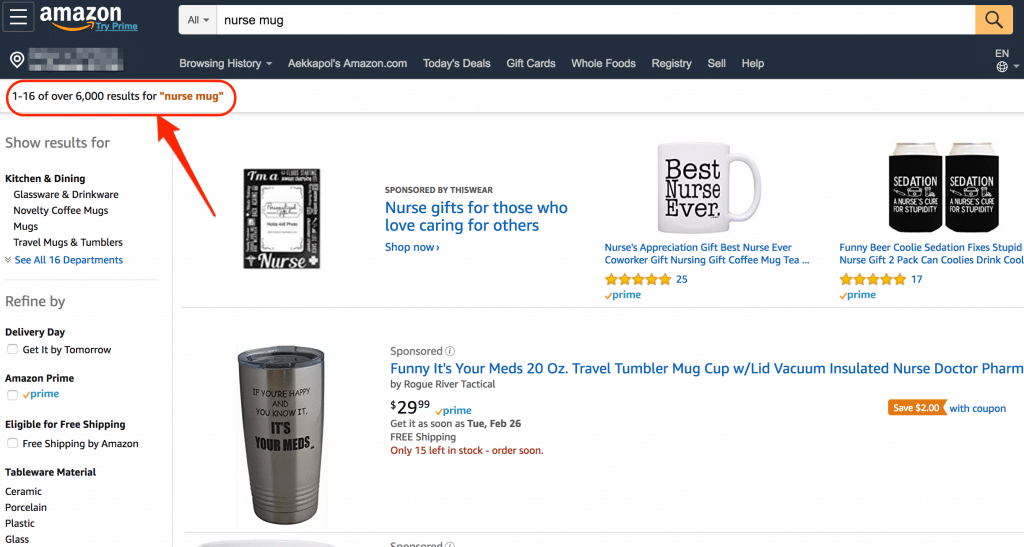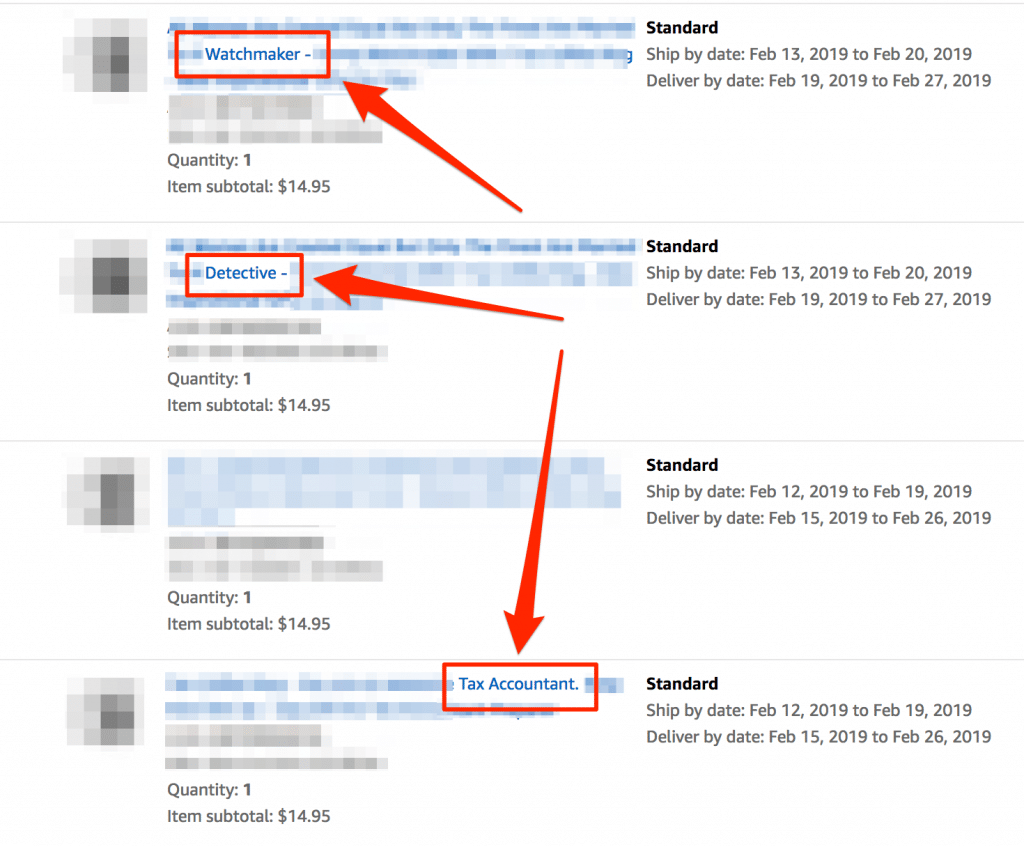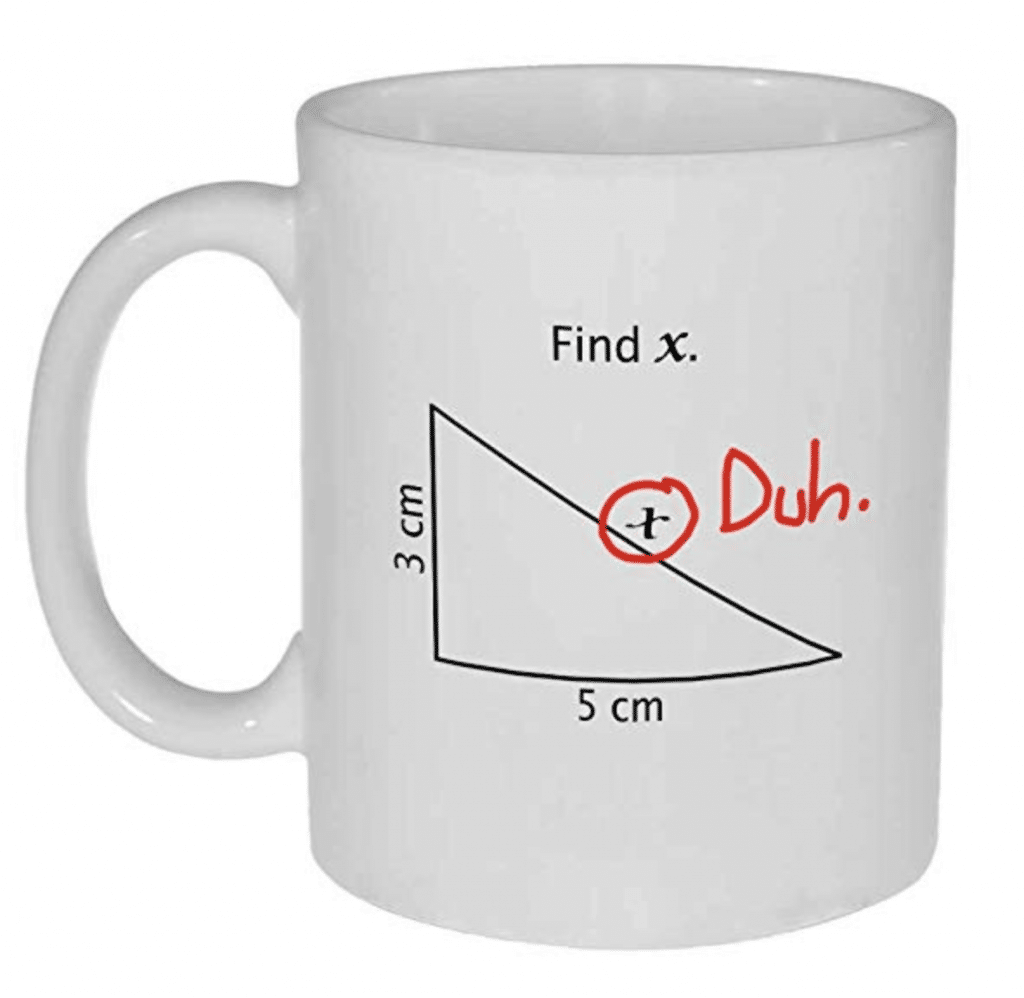Picking a Niche is one of the most important factors to success in this business.
About 95% of all tasks are done by my team.
The other 5% is this one: picking a niche.
I select the niche markets where I sell products.
It requires less than an hour per week. If you spend a day on market research, you’ll get a stack of niches that will give your team months of work (consisting of creating and uploading products).
OK, I’ll divide this into two scenarios:
- No Sales - You just got started and have no stats to help you pick a niche to sell in yet.
- Some Sales - You already have sales from a few niches and have some stats.
When I got started, I made a mistake. I focused on a few niches that I “thought” were selling well.
I chose niches like “Engineer”, “Nurse”, or “Veteran” because I did some research and found that these niches were selling well.
After all, they are the top-selling niches on GearBubble and Amazon, so I selected them.
But what I forgot to take into account was that these niches are very competitive.
Let’s search Amazon using the keywords “Engineer Mug”.

There are over 3,000 products for this keyword!
One more: “Nurse Mug”.

There are over 6,000 products related to “nurse mug”.
It’s very difficult to make my products for these keywords visible to people on Amazon.
Although I had around 5,000 products in my account at that time, I made only a few sales when I started out and focused on just these few popular niches.
When I went to Don’s mastermind, I met Rachel, who is the creator of the LHS model. I showed her my Amazon account and asked her for some suggestions.
She checked my account quickly and gave me some advice.
“You need to create products for many niches and see what sticks,” she told.
For example, if I found that a product with the quote “Keep Calm, I’m an Engineer” is selling well, create new products for other professions using the same quote.
“Keep Calm, I’m an Engineer.”
“Keep Calm, I’m a Nurse.”
“Keep Calm, I’m a Teacher.”
If I can find more winning niches, I have more chances to sell more products than I do if I focus on just a few niches.
This is the advice that totally changed my LHS game.
When I got back from the mastermind, I implemented this method immediately. I saw sales come more steadily.
So…
If you have just started out and have no stats yet, when picking a niche, try to pick a “Master Niche”, then create many products in many “Sub Niches”.
For example:
Master Niche: Professions
Sub Niche: Architect, Engineer, Gamer, Marketer, Nurse, Programmer, Teacher, Trucker, etc.
Master Niche: Dog Breeds
Sub Niche: Akita, Bulldog, German Shepherd, Golden Retriever, Pug, St. Bernard.
You can find more master niches and sub niches here (this was compiled by Rachel): Master List For Designs
Then, pick a few popular quotes and apply the quote to the sub niches.
Don’t know how to find a popular quote?
Go to Amazon or Etsy, and search something like “Engineer Mug”, “Engineer T-shirt”, or “Engineer Gifts”. You can replace the word “Engineer” with other occupations if you want.
You will see many products with many interesting quotes. Pick ones that can be used with other professions.
Most sub-niche products will sell. I have sold many products in weird niches I never thought I could sell to, like “Watchmakers”, “Detective”, or “Tax Accountant”.

Before I saw sales in “Watchmakers” niche, I didn’t even know that this profession existed. I’m Thai, and I’m not familiar with this vocabulary. Maybe my buyers they bought the product as a gift for their colleague for a special day.
I’m not sure. But just I kept listing more products.
Anyhoo…
Let’s do this for 10-20 quotes or more for each Master Niche to find some winning Sub Niches.
I have more than 40 quotes for each of my profession niches, 20 quotes for dog breeds, 20 quotes for cat breeds, 10 quotes for hobbies, 10 quotes for states in US, etc.
You can set up this work once, and give your team work for many months.
This requires less than one hour of work a week, on average.
This is for the NO SALES scenario.
(That said, I still use this method even if I get many sales. It’s easy and helps me find profitable niches I never thought of.)
Next, if you have SOME SALES from sub niches, it’s time to dig deeper to find more specific quotes for those niches.
If you already have sub niches you sell to, it’s time to make more sales from those niches.
In the first scenario, we will focus on creating products for many sub niches. So we can’t select specific quotes or keywords for each product.
We can’t also insert specific keywords like “Engineering”, “Engineers”, “Aerospace Engineer”, “Software Engineer”, etc. for the Engineer niche, because they are related to other professions.
We can only use general keywords like “[NICHE] mug”, “funny mug”, “mug for men”, “mug for women”, etc.
You waste time doing keyword research when you have no sales, because you don’t know whether that niche is profitable or not.
In this scenario, we will do deep keyword research and find specific quotes for specific niches after we find that they sell well.
For example, check out this mug:

or this one:

This quote is just for the “math teacher” niche.
So, when you find some niches that can sell well, there are two things you can do to sell more:
- Find more specific quotes for those niches.
- Select more specific keywords for those niches.
By doing these two things, you will be able sell many more products from the winning niches you’ve found.
Currently, I have around 30 niches that stand out from the others. I add more products with new quotes specifically for them. I have made many more sales from this method.
You can definitely do the same.
Okay, this is the thing you need (and should) do by yourself.
Select some good niches, and let your team do the rest.